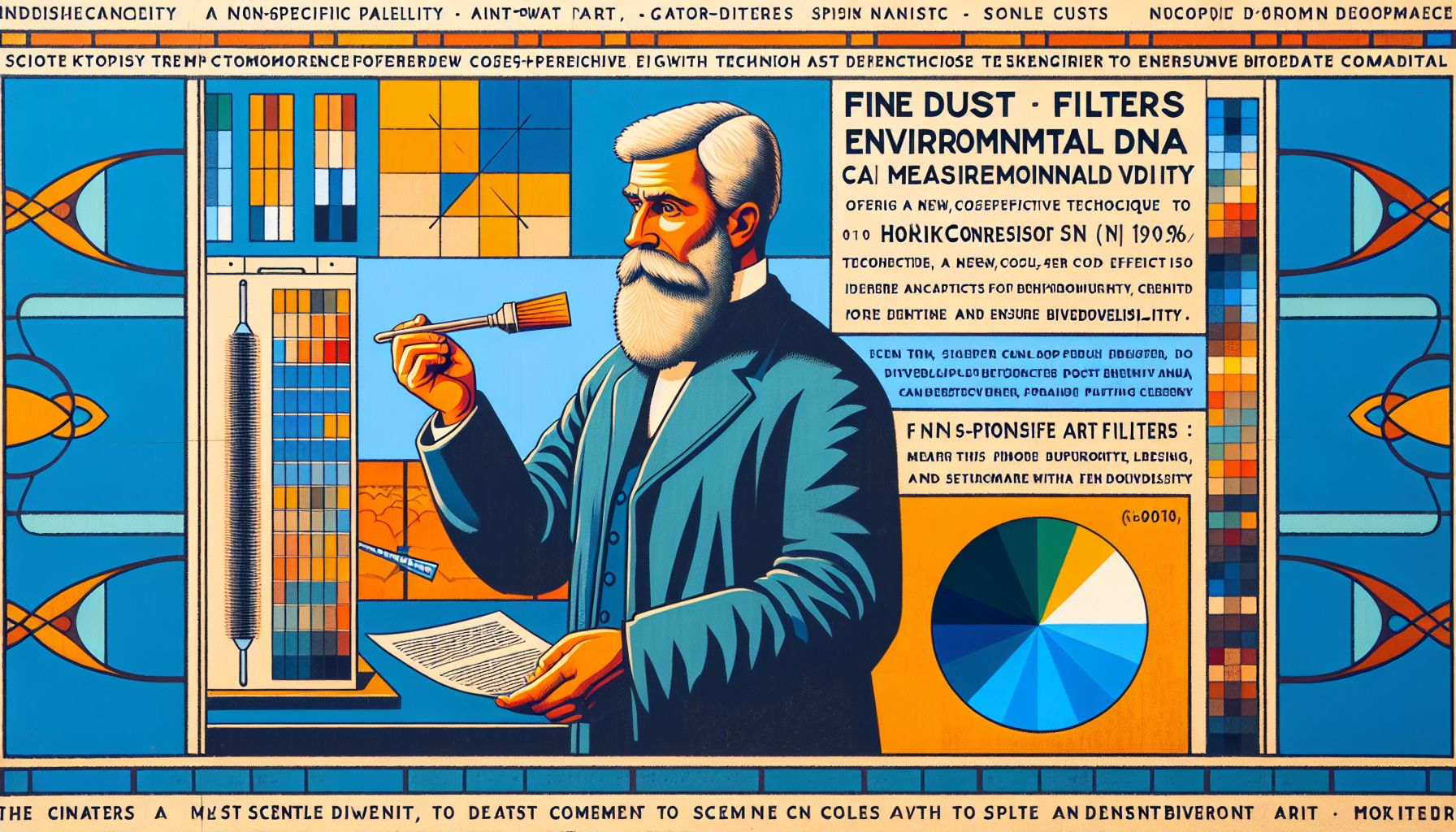TNO Finds New Use for Fine Dust Filters in Biodiversity Measurement

Henrik Cornelisson of TNO has discovered that fine dust filters can measure environmental DNA, offering a new, cost-effective technique to determine and ensure biodiversity.
A Revolutionary Technique
Environmental DNA (eDNA) is a powerful tool that allows scientists to detect the presence of various species in an ecosystem based on genetic material left behind. Henrik Cornelisson of TNO, a leading Dutch research organization, has identified a novel application for fine dust filters in this domain. Traditionally used to capture particulate matter from the air, these filters can now be repurposed to collect eDNA, providing a non-invasive, cost-effective method for biodiversity assessment.
Successful Pilot Program
Cornelisson’s team conducted a pilot program in the botanical gardens of Utrecht, where the fine dust filters were deployed to gather eDNA samples. The results were promising, with the detection of over 100 species of fungi, 100 species of plants, 40 insect species, and 15 vertebrate species. This pilot not only demonstrated the efficacy of the technique but also highlighted its potential to offer comprehensive biodiversity monitoring without the need for extensive and expensive fieldwork.
Benefits and Implications
The use of fine dust filters for eDNA sampling presents several advantages. Firstly, it significantly reduces the cost associated with traditional biodiversity monitoring methods, which often require extensive manpower and logistical support. Secondly, it offers a non-invasive approach, ensuring that the ecosystems under study are not disturbed. This method aligns with the European Union’s goal of preserving and enhancing biodiversity by 2030, which includes the restoration of 30% of degraded habitats in EU countries.
Future Directions
Looking ahead, TNO plans to establish a consortium that will bring together eDNA and biodiversity experts to further this research. The consortium aims to explore the relationship between biodiversity and nitrogen deposition through field experiments, potentially influencing future environmental policies. Additionally, TNO’s business developer, Fred Hartendorf, encourages interested parties to contact him for more information about the ongoing research and its applications.

